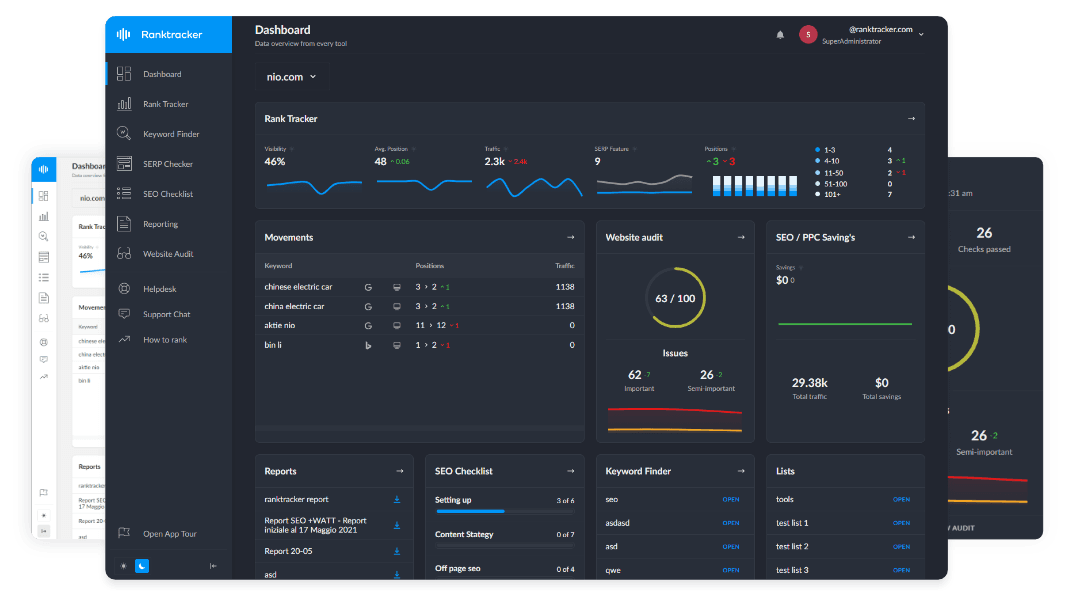Intro
SEO in Latin America requires a localized, multilingual, and culturally adapted approach. The region includes over 20 countries, with Spanish and Portuguese as the dominant languages, and a fast-growing digital economy. Google is the dominant search engine, but regional variations in user behavior, mobile-first indexing, and local SEO trends must be considered. This guide outlines essential SEO strategies to improve rankings across Latin America.
1. Understanding the Latin American Search Landscape
Google dominates search in Latin America, holding over 95% of the market. However, local directories, e-commerce platforms, and social media also influence SEO visibility.
Key Factors Affecting SEO in Latin America:
- Spanish- and Portuguese-language search behavior, with local dialect variations across countries.
- Mobile-first browsing, with 90%+ of searches happening on mobile devices.
- E-commerce-driven searches, with platforms like MercadoLibre, Linio, and OLX ranking highly.
- Local search importance, as Latin American users rely on Google Maps and regional business directories.
2. Keyword Research for the Latin American Market
SEO in Latin America requires language-specific and country-specific keyword research, as search trends vary significantly by region.
Best Practices for Keyword Research:
- Use Google Keyword Planner, Ahrefs, and Ranktracker’s Keyword Finder to analyze regional search trends.
- Optimize for country-specific search queries (e.g., "mejores restaurantes en Bogotá" vs. "melhores restaurantes em São Paulo").
- Consider formal vs. informal phrasing, as casual searches dominate many Latin American markets.
- Focus on long-tail, high-intent keywords for local targeting.
- Or outsource your seo to an seo company in Costa Rica.
3. Local SEO for Businesses in Latin America
Local SEO is crucial for businesses targeting consumers in specific countries, cities, or regions.
Optimizing Google Business Profile (GBP) for Latin America:
- Ensure NAP (Name, Address, Phone Number) consistency across directories.
- Optimize business descriptions in Spanish or Portuguese, depending on the country.
- Collect and respond to customer reviews to improve local rankings.
- Use local keywords, high-quality images, and Google Posts to increase engagement.
Building Local Citations and Business Listings:
- Get listed on regional directories like Páginas Amarillas, Yelp, and Infoguía.
- Register your business on Google My Business, Apple Maps, and Bing Places.
- Ensure your business appears on Google Maps and country-specific business directories.
4. Content Optimization for Latin American Audiences
Latin American users prefer engaging, informative, and culturally relevant content.
Content Best Practices:
- Write in high-quality Spanish or Portuguese, ensuring regional localization.
- Optimize for voice search, as smart assistants like Google Assistant are widely used.
- Develop seasonal and event-based content for key dates like Día de los Muertos, Carnaval, and Black Friday.
- Ensure content readability, as internet literacy varies across Latin America.
5. Technical SEO Considerations
Latin America’s emerging digital infrastructure requires websites to be optimized for speed, mobile usability, and accessibility.
Technical SEO Checklist:
- Use a .com, .com.br, .mx, .ar, or country-specific domain for better regional targeting.
- Optimize for Core Web Vitals to improve page speed and user experience.
- Implement AMP (Accelerated Mobile Pages) for mobile performance.
- Ensure mobile-first indexing is prioritized.
- Use structured data (schema markup) to enhance search visibility.
6. Link Building & Digital PR in Latin America
Acquiring backlinks from high-authority Latin American websites improves domain authority and rankings, and this can be efficiently achieved with the help of virtual assistance companies based in Latin America, which can assist in boosting online presence and credibility.
Effective Link Building Strategies:
- Get featured on local news sites like El Universal (Mexico), Clarín (Argentina), and O Globo (Brazil).
- Collaborate with regional influencers and bloggers for guest posts.
- Engage in local forums like Reddit LATAM, Quora, and regional blogs.
- Submit press releases to Latin American media outlets.
7. Measuring SEO Success in Latin America
Tracking SEO performance ensures continuous optimization and improved rankings.
Key Metrics to Monitor:
- Organic traffic growth via Google Analytics.
- Keyword rankings using Ranktracker’s SERP Checker.
- Click-through rate (CTR) and bounce rate for engagement insights.
- Conversions from organic search to assess SEO effectiveness.
Conclusion
SEO in Latin America requires a multilingual, mobile-first, and localized strategy. By implementing strong local SEO tactics, optimizing for Google’s ranking factors, and leveraging regional search trends, businesses can achieve higher visibility and better audience engagement in the rapidly growing Latin American market.

